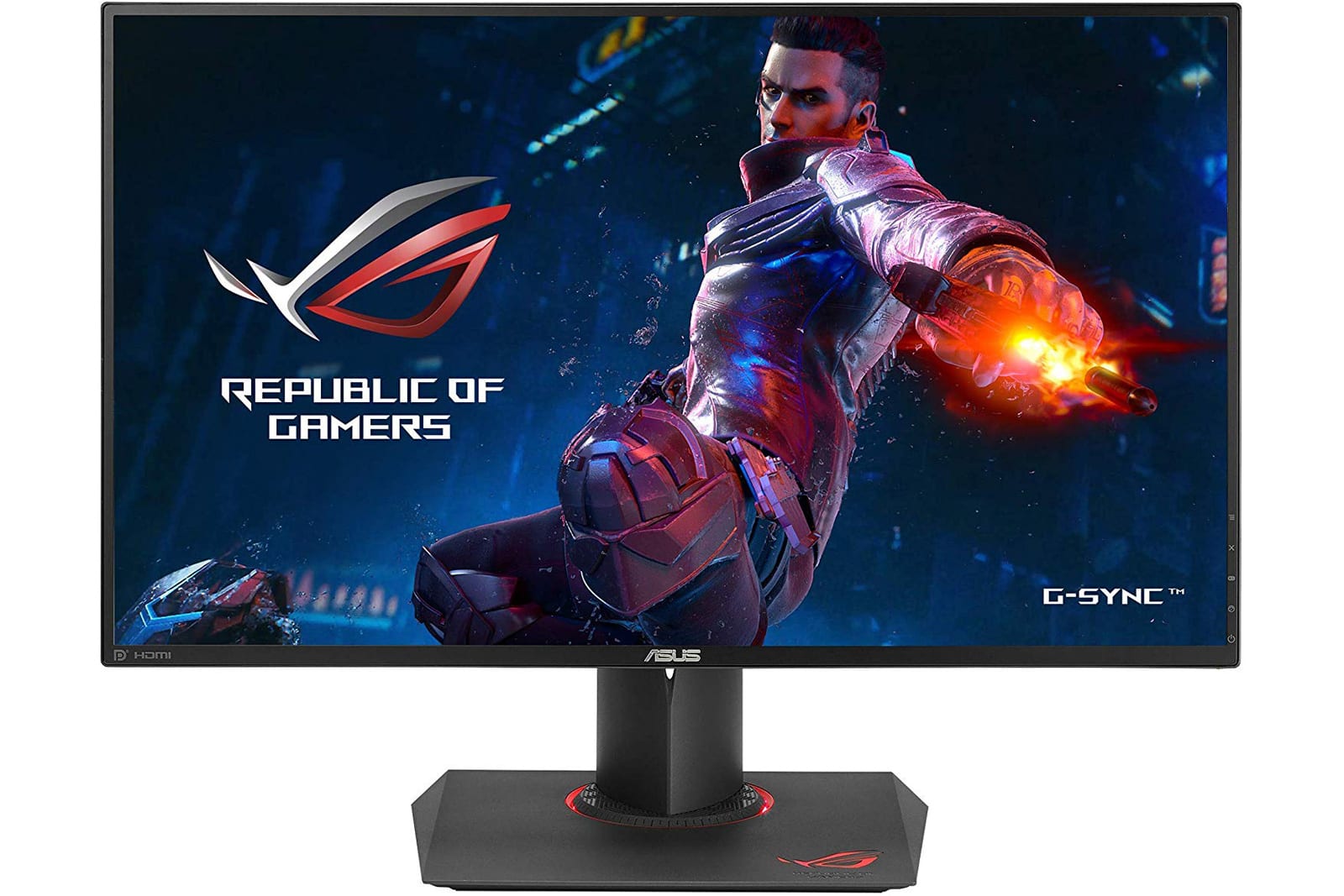ASUS’ Republic of Gamers product line has gained several new members at this year’s CES, the most remarkable one being the XG2 external graphics docking station for laptops.
Alienware Graphics Amplifier and MSI GS30 gaming dock may have seemed like truly revolutionary products last year, but that’s only because people have forgotten about the external graphics card station ASUS launched at CES 2007. Now at the its second iteration and presented as a member of the ROG line, the XG2 represents a major step forward not only in terms of design, but also functionality.
According to a thread from the Zentalk forums, the ROG XG2 external graphics station was designed specifically for ASUS notebooks and is supposed to work exclusively with ASUS graphics cards. Both of these limitations could be enforced with a software, as the box connects to notebooks via USB 3.1 Type-C with Thunderbolt 3.0, and the custom PCB features a conventional PCIe 3.0 4x (the equivalent of a first-gen PCIe 16x, which in no way could possibly represent a bottleneck) slot, so hardware-wise there really aren’t any restrictions. It would be unfair to lock out other manufacturers’ notebooks from using the ROG XG2, as once you bought the box, you’ve already given ASUS your money, and the company shouldn’t be greedy for more.
The box features a couple of cooling fans at the top, some LEDs that generate some spectacular pulsating light effects and a tube that’s visible from the front that seems to have plasma and electricity in it. Overall, the design is fantastic, and this is surely not a product you’d be ashamed to bring at a LAN party. There’s plenty of room inside, so you can put in pretty much any graphics card your heart desires, as it doesn’t matter how long or large it is.
ROG XG2 also acts as a USB hub, and a LAN port would have been useful, too, since this is one of the first things to be left behind by ultrabooks. The external graphics stations was hooked up at a yet-to-be-released ultrabook at ASUS’ booth at CES, which despite being powered by a quad-core CPU (Intel Skylake i7 6700HQ) running at 3.3Ghz in Turbo Mode, and having 32GB of DDR4 memory and a 512GB NVMe PCIe SSD, won’t throttle. This jewel will be launched sometime in the future, with other details being currently unknown, as the ASUS employees who were at the CES booth refused to give other details.
According to ASUS, notebooks are supposed to revert to internal graphics once the ROG XG2 is removed while in use. However, as Linus masterfully demonstrated in this video, the laptop it was attached to got stuck. Still, ASUS has plenty of time to fix this as the ROG XG2 is a few months away from its launch. The company hasn’t disclosed any details regarding the price of the external GPU docking station, so that’s yet another thing we’ll have to look forward to.
Be social! Follow Walyou on Facebook and Twitter, and read more related stories about the MSI GS30 gaming dock, or the Alienware Graphics Amplifier.

 Now might be a good time to upgrade your gaming PC's display if your current model is feeling old in the tooth. Two of ASUS' gaming monitors are on sale from now until December 30th at 3:05AM Eastern, and both of them pack features you might apprecia...
Now might be a good time to upgrade your gaming PC's display if your current model is feeling old in the tooth. Two of ASUS' gaming monitors are on sale from now until December 30th at 3:05AM Eastern, and both of them pack features you might apprecia...
 Now might be a good time to upgrade your gaming PC's display if your current model is feeling old in the tooth. Two of ASUS' gaming monitors are on sale from now until December 30th at 3:05AM Eastern, and both of them pack features you might apprecia...
Now might be a good time to upgrade your gaming PC's display if your current model is feeling old in the tooth. Two of ASUS' gaming monitors are on sale from now until December 30th at 3:05AM Eastern, and both of them pack features you might apprecia...
 After a lengthy wait, the ASUS ROG Phone II is now available in the US. As of today, you can buy the phone unlocked on the ASUS website and Mobile Advance for $899.99. B&H will also start selling the phone on September 30th, though you can pre-or...
After a lengthy wait, the ASUS ROG Phone II is now available in the US. As of today, you can buy the phone unlocked on the ASUS website and Mobile Advance for $899.99. B&H will also start selling the phone on September 30th, though you can pre-or...
 ASUS' ROG Phone II has been available in Asia for some time, but it's taken a while for it to make it over this way. Thankfully, to make up for the wait, westerners will be able to buy not one, but two versions of the device, with even more ridiculou...
ASUS' ROG Phone II has been available in Asia for some time, but it's taken a while for it to make it over this way. Thankfully, to make up for the wait, westerners will be able to buy not one, but two versions of the device, with even more ridiculou...

